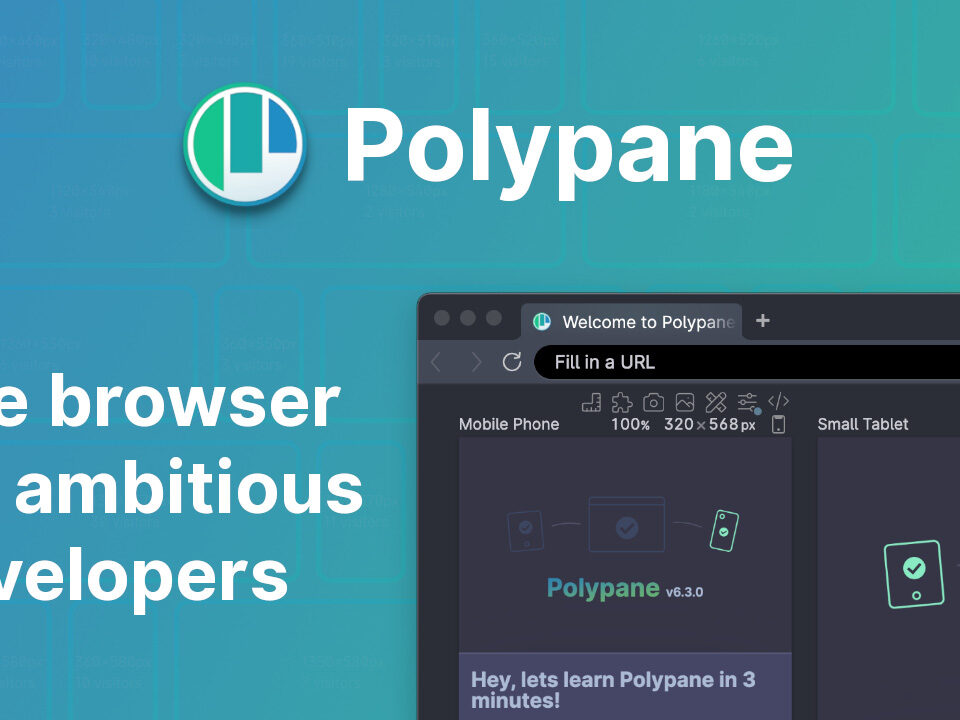
How To Manage Time?
28th December 2022
What is Smart Fox Server
3rd January 2023It is a testing method where the smallest testable element of code, known as a unit, is tested. A unit can be a method, function, subroutine, object, procedure, etc. These individual elements, known as a unit, are tested to ensure they are functioning as expected. Developers are involved in unit tests, and thus early identification of bugs and issues occurs. It is known as White box testing.
Web & Application Developers use stubs, mock objects, unit testing frameworks, and drivers to perform unit testing. Evidently, the code readability is increased, and code can be reused through the effective conduction of unit testing, which also improves Deployment velocity.
Why Should One Opt For Unit Testing?
Enables quick and easy integrations:
Unit testing enables upgrading the entire system libraries and refactoring the application code. The code changes that may not go well with the application’s design can be deciphered, leading to better code maintenance. When bugs are detected in existing functionality, unit testing ensures these bugs are perfectly addressed. When each application unit is thoroughly evaluated and tested, the units integrated later in the software development life cycle become even more accessible.
Reduces development costs significantly:
Unit testing ensures that the time, expense, and other resources used for development are decreased considerably. When the code of a function is written, the bugs are detected and fixed instantly. The time and cost to detect and fix bugs are reduced by correctly applying the unit test method.
Provides effective documentation:
Product findings and implementation process are effectively documented through the unit test methodology. Suppose the team members want to learn about what functionality is provided by one module or another. In that case, the team members can refer to the specific documents to understand the system and the module’s logic. Indicators are represented by unit test cases that carry information about the inappropriate or appropriate use of a software component. Thus, the unit test cases provide perfect documentation for these indicators.
Code coverage is enhanced:
Some developers believe that 100 percent of the code must be covered, while others believe there must be a complete code coverage policy. This scenario depends upon the organisation and the project stakeholders. Many tools support unit tests in determining the total percentage for covering the project, function, or separate modules. Knowing whether a particular line will be executed while writing code is essential. Using unit testing coverage metrics, developers can decide whether a code line is necessary.
What is integrated testing?
It is the second testing phase of the Software Testing Life Cycle (STLC) process and is performed after unit testing. It is a testing method where individual components or units of the application are tested in a group. Then the application behavior is verified in terms of performance when integrated. This testing method ensures that defects are exposed during the interaction between units or integrated components.
Techniques of integrated testing:
Top-down Integration testing:
It is a testing method where integration testing takes place from top to bottom, based on the software system’s control flow. The testing of higher-level modules takes place first, and then the lower-level modules are tested and integrated to check the software functionality.
Bottom-up Integration testing:
In this testing method, lower-level modules are tested first, and then the testing of higher-level modules is facilitated. The testing process continues until all the top-level modules are tested.
Sandwich/Hybrid Integration testing:
It is a testing method where both the top-level and lower-level modules are tested simultaneously. It combines the functionalities of both top-down integration testing and bottom-up integration testing methods.
Big bang testing:
All the modules are integrated at once in this testing type. After integration, the system is verified to ascertain whether it is working as expected. If the wholly integrated module is identified with a defect, knowing which module caused the issue becomes a cumbersome process. Even if the fault is detected, fixing the same would cost relatively high because the bug was identified later.
For more info Visit: https://xpertlab.com/
Related Blog: https://xpertlab.com/8-debugging-techniques/





